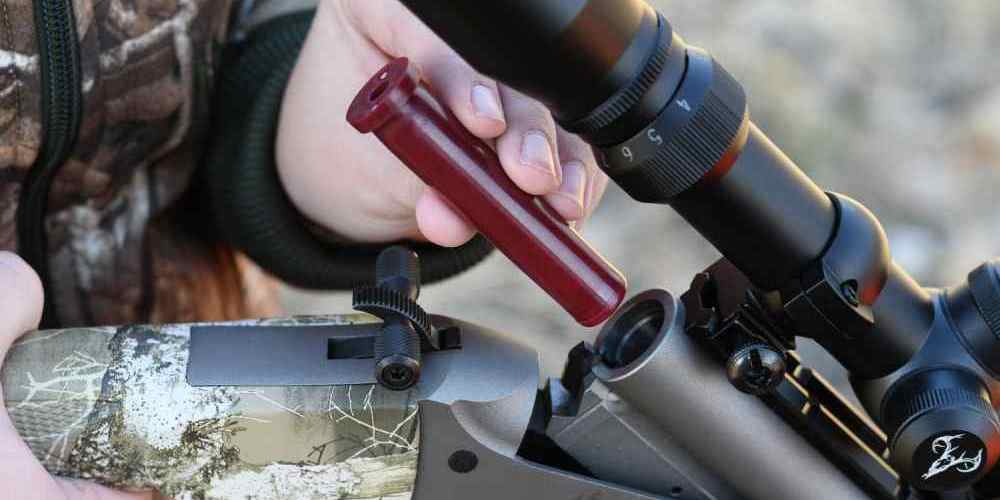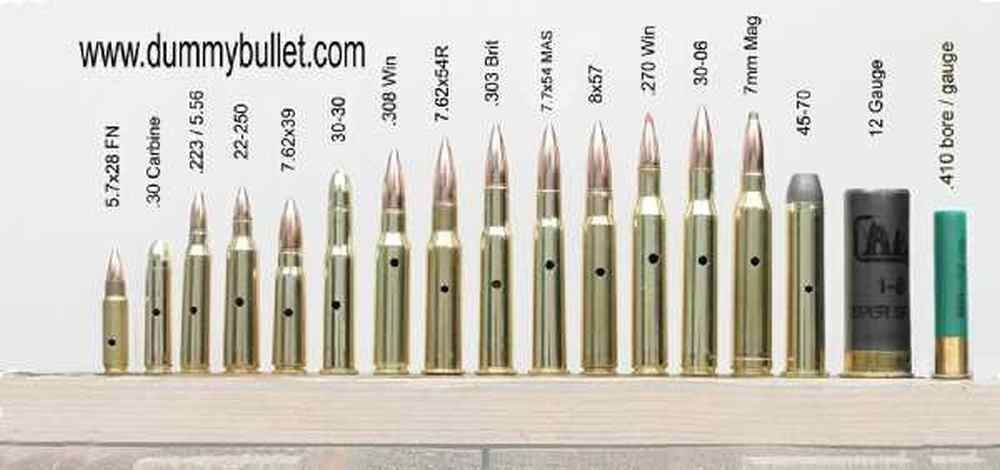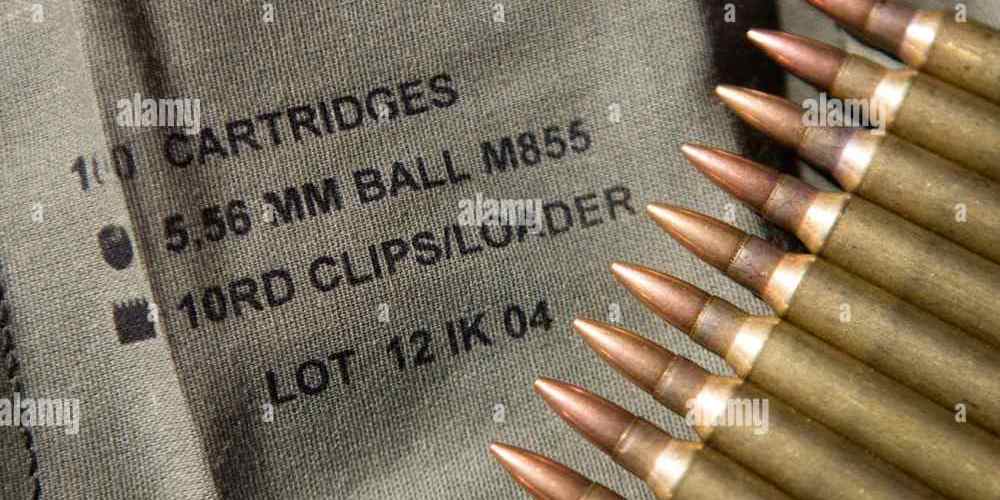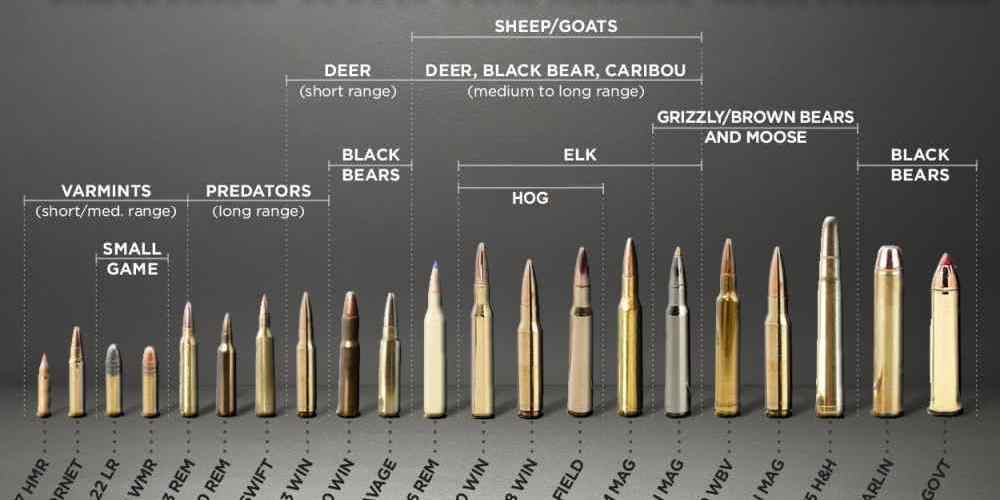“Unlocking the potential of precision shooting with every reload.”
Selecting the Right Components for Your First Reload
If you’re a first-time reloader looking to craft your own rifle ammunition, selecting the right components is crucial to ensuring the safety and performance of your reloads. With so many options available on the market, it can be overwhelming to know where to start. In this article, we’ll walk you through the basics of selecting the right components for your first reload.
When it comes to rifle ammunition, there are four main components that you’ll need to consider: brass, bullets, powder, and primers. Each of these components plays a critical role in the performance of your reloads, so it’s important to choose them carefully.
Let’s start with brass. Brass is the casing that holds all of the other components of the cartridge together. When selecting brass for your reloads, it’s important to choose high-quality brass that has been properly cleaned and inspected. Look for brass that is from a reputable manufacturer and has been properly annealed to ensure consistent performance.
Next, let’s talk about bullets. Bullets come in a wide variety of shapes, sizes, and weights, so it’s important to choose the right bullet for your specific needs. Consider factors such as the intended use of the ammunition, the twist rate of your rifle’s barrel, and the desired level of accuracy. It’s also important to choose bullets that are compatible with the caliber of your rifle.
Powder is another critical component of rifle ammunition. The type and amount of powder you use will have a significant impact on the performance of your reloads. When selecting powder, be sure to consult a reloading manual to determine the appropriate powder charge for your specific caliber and bullet weight. It’s also important to use a powder that is compatible with your rifle and primer.
Finally, let’s talk about primers. Primers are small metal cups that contain a small amount of explosive material. When struck by the firing pin, the primer ignites the powder in the cartridge, causing the bullet to be propelled down the barrel. When selecting primers for your reloads, be sure to choose primers that are compatible with the caliber of your rifle and the type of powder you are using.
As a first-time reloader, it’s important to take your time and do your research when selecting components for your reloads. Consult reloading manuals, online forums, and experienced reloaders to gather as much information as possible before making your selections. It’s also a good idea to start with small batches of reloads and gradually work your way up to larger quantities as you gain experience and confidence in your reloading skills.
In conclusion, selecting the right components for your first reload is a crucial step in the reloading process. By choosing high-quality brass, bullets, powder, and primers that are compatible with your rifle and intended use, you can ensure the safety and performance of your reloads. Take your time, do your research, and don’t be afraid to ask for help if you need it. With practice and patience, you’ll soon be on your way to mastering the art of crafting your own rifle ammunition.

Understanding the Importance of Proper Case Preparation
If you’re new to the world of reloading ammunition, one of the most important aspects to master is proper case preparation. This step is crucial in ensuring the safety and accuracy of your reloads, as well as extending the life of your brass cases. In this article, we’ll delve into the basics of case preparation and why it’s so essential for first-time reloaders.
The first step in case preparation is inspecting your brass cases. Before you begin reloading, it’s important to carefully examine each case for signs of damage or wear. Look for cracks, splits, or dents that could compromise the integrity of the case. It’s also a good idea to check the primer pockets for any debris or obstructions that could affect the seating of the primer.
Once you’ve inspected your cases, the next step is to clean them. Dirty or corroded cases can cause malfunctions and reduce the accuracy of your reloads. There are several methods for cleaning brass cases, including tumbling, ultrasonic cleaning, and stainless steel media tumbling. Choose the method that works best for you and make sure to thoroughly dry your cases before moving on to the next step.
After cleaning, it’s time to resize your cases. Resizing is necessary to ensure that your cases will fit properly in your firearm’s chamber. Use a resizing die that matches the caliber of your rifle and follow the manufacturer’s instructions for proper setup. Make sure to lubricate your cases before resizing to prevent them from sticking in the die.
Next, trim your cases to the proper length. Over time, brass cases can stretch and become too long for safe use. Trimming your cases to the correct length ensures that they will chamber properly in your firearm. Use a case trimmer and follow the recommended trim length for your specific caliber.
After trimming, chamfer and deburr the case mouths. This step is often overlooked by new reloaders, but it’s essential for ensuring smooth feeding and proper bullet seating. Use a chamfering tool to remove any burrs or sharp edges from the inside and outside of the case mouth.
Finally, inspect your cases one last time before priming and charging them with powder. Look for any signs of damage or defects that may have been missed during the initial inspection. It’s always better to be safe than sorry when it comes to reloading ammunition.
Proper case preparation is a critical step in the reloading process that should not be overlooked. By taking the time to inspect, clean, resize, trim, chamfer, and deburr your brass cases, you can ensure the safety and accuracy of your reloads. Remember to follow all manufacturer’s instructions and take your time to master each step before moving on to the next. With practice and attention to detail, you’ll soon be crafting high-quality rifle ammunition that meets your specific needs and preferences. Happy reloading!
Mastering the Basics of Powder Measurement and Bullet Seating
If you’re a first-time reloader looking to craft your own rifle ammunition, mastering the basics of powder measurement and bullet seating is essential. These two components play a crucial role in the performance and accuracy of your ammunition, so it’s important to understand how to properly measure and seat them.
When it comes to powder measurement, precision is key. The amount of powder you use will directly impact the velocity and pressure of your ammunition, so it’s important to measure it accurately. There are a variety of tools available for measuring powder, including powder scales and powder measures. Powder scales are the most accurate option, allowing you to measure powder down to the tenth of a grain. Powder measures are a quicker option, but may not be as precise as scales. Whichever tool you choose, be sure to follow the manufacturer’s instructions for calibration and use.
Once you have measured your powder, it’s time to seat the bullet. Bullet seating refers to the process of placing the bullet into the cartridge case at the correct depth. The depth at which the bullet is seated will affect the overall length of the cartridge, which in turn can impact accuracy and pressure. To seat the bullet, you will need a bullet seating die. This die will allow you to adjust the depth at which the bullet is seated by screwing it in or out of the press.
When seating the bullet, it’s important to pay attention to the overall length of the cartridge. Most reloading manuals will provide a recommended overall length for each specific bullet and powder combination. This length is important to follow, as seating the bullet too deep or too shallow can lead to issues with accuracy and pressure. Use a caliper to measure the overall length of your cartridge and adjust the bullet seating die as needed to achieve the correct depth.
As a first-time reloader, it’s important to take your time and pay attention to detail when measuring powder and seating bullets. These two steps are critical in ensuring the safety and performance of your ammunition. Remember to always follow the manufacturer’s instructions for your reloading equipment and consult reloading manuals for recommended powder charges and overall lengths.
In conclusion, mastering the basics of powder measurement and bullet seating is essential for first-time reloaders looking to craft their own rifle ammunition. By using the proper tools and following recommended guidelines, you can ensure the safety and accuracy of your ammunition. Take your time, pay attention to detail, and enjoy the process of creating your own custom loads. Happy reloading!
Troubleshooting Common Issues for First-Time Reloaders
Reloading your own rifle ammunition can be a rewarding and cost-effective hobby, but it can also be a bit daunting for first-time reloaders. There are many factors to consider when crafting your own ammunition, and it’s important to understand the basics before diving in. In this article, we will discuss some common issues that first-time reloaders may encounter and provide tips on how to troubleshoot them.
One of the most common issues that first-time reloaders face is inconsistent powder charges. This can lead to variations in velocity and accuracy, which can be frustrating for shooters. To ensure consistent powder charges, it’s important to use a reliable powder measure and scale. Make sure to double-check your measurements and always follow the recommended load data for your specific cartridge.
Another common issue for first-time reloaders is case trimming. Over time, brass cases can stretch and become too long, which can lead to dangerous pressure spikes. To prevent this, it’s important to regularly trim your cases to the correct length. Invest in a good case trimmer and follow the manufacturer’s instructions for trimming your cases.
Case neck tension is another important factor to consider when reloading rifle ammunition. If the neck tension is too loose, the bullet may not be held securely in place, leading to accuracy issues. On the other hand, if the neck tension is too tight, it can cause excessive pressure and potentially damage your rifle. To achieve the proper neck tension, invest in a quality neck-sizing die and experiment with different neck tension settings until you find the right balance.
Bullet seating depth is another common issue that first-time reloaders may encounter. If the bullet is seated too deeply or too shallow, it can affect accuracy and pressure levels. To determine the optimal seating depth for your specific rifle and bullet combination, start by seating the bullet to the recommended overall length and then experiment with different seating depths until you find the best accuracy.
Primer seating is another critical aspect of reloading rifle ammunition. If the primer is not seated properly, it can cause misfires or inconsistent ignition. Invest in a good primer seating tool and make sure to seat the primer flush with the case head. Always inspect your primers before seating them to ensure they are free of defects.
Finally, one of the most important aspects of reloading rifle ammunition is safety. Always follow the recommended load data for your specific cartridge and never exceed the maximum powder charge. Inspect your cases for signs of wear or damage before reloading them, and always wear eye protection when reloading ammunition.
In conclusion, reloading rifle ammunition can be a rewarding and enjoyable hobby, but it’s important to master the basics before diving in. By understanding and troubleshooting common issues such as inconsistent powder charges, case trimming, neck tension, bullet seating depth, primer seating, and safety precautions, first-time reloaders can ensure a safe and successful reloading experience. With practice and attention to detail, you can craft high-quality ammunition that meets your shooting needs. Happy reloading!
Tips for Improving Accuracy and Consistency in Your Reloads
If you’re new to reloading rifle ammunition, you may feel overwhelmed by the amount of information out there. However, mastering the basics of crafting your own ammunition can be a rewarding and fulfilling experience. In this article, we’ll provide you with some tips for improving accuracy and consistency in your reloads.
One of the most important aspects of reloading rifle ammunition is ensuring that you have the right equipment. Investing in a quality reloading press, dies, and other tools will help you produce more consistent and accurate rounds. Additionally, make sure to use high-quality components such as brass, bullets, and powder to achieve the best results.
When it comes to reloading rifle ammunition, consistency is key. Make sure to carefully measure and weigh each component to ensure that your loads are uniform. This will help improve accuracy and reduce the chances of malfunctions. Additionally, keep detailed records of your reloading process so that you can replicate successful loads in the future.
Another important tip for improving accuracy and consistency in your reloads is to pay attention to your reloading technique. Make sure to follow the manufacturer’s instructions for each component and double-check your work to avoid mistakes. Additionally, consider investing in a case trimmer to ensure that your brass is the correct length for optimal performance.
In addition to using the right equipment and techniques, it’s important to pay attention to your reloading data. Keep detailed records of each load you create, including the type of components used, the powder charge, and any other relevant information. This will help you identify trends and make adjustments to improve your reloads over time.
One of the best ways to improve accuracy and consistency in your reloads is to experiment with different loads. Start by creating a few test loads with varying powder charges and bullet weights to see how they perform at the range. Keep track of the results and use this information to fine-tune your loads for optimal performance.
Finally, don’t be afraid to seek out advice and guidance from experienced reloaders. Joining a reloading forum or club can provide you with valuable insights and tips for improving your reloads. Additionally, consider taking a reloading class or workshop to learn from experts in the field.
In conclusion, mastering the basics of crafting rifle ammunition takes time and practice, but the rewards are well worth it. By investing in the right equipment, paying attention to detail, and experimenting with different loads, you can improve the accuracy and consistency of your reloads. Remember to keep detailed records, seek out advice from experienced reloaders, and most importantly, have fun with the process. Happy reloading!








